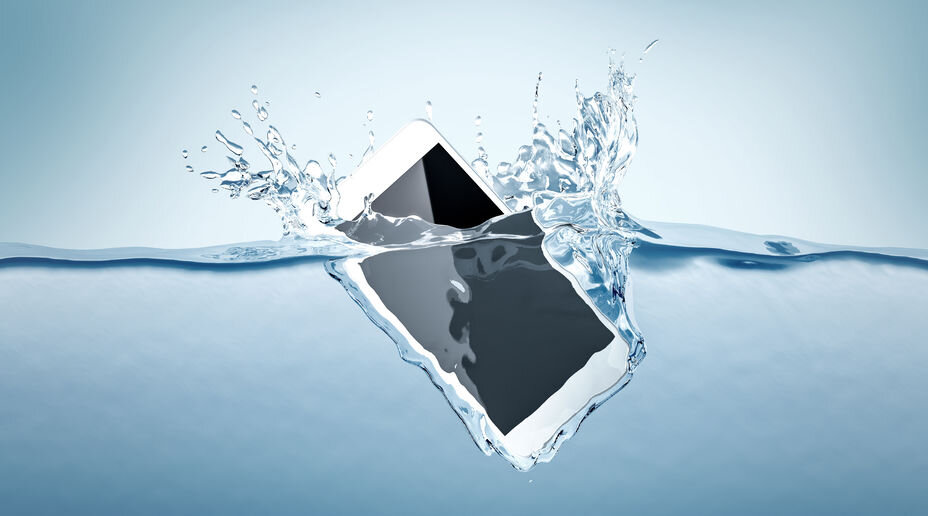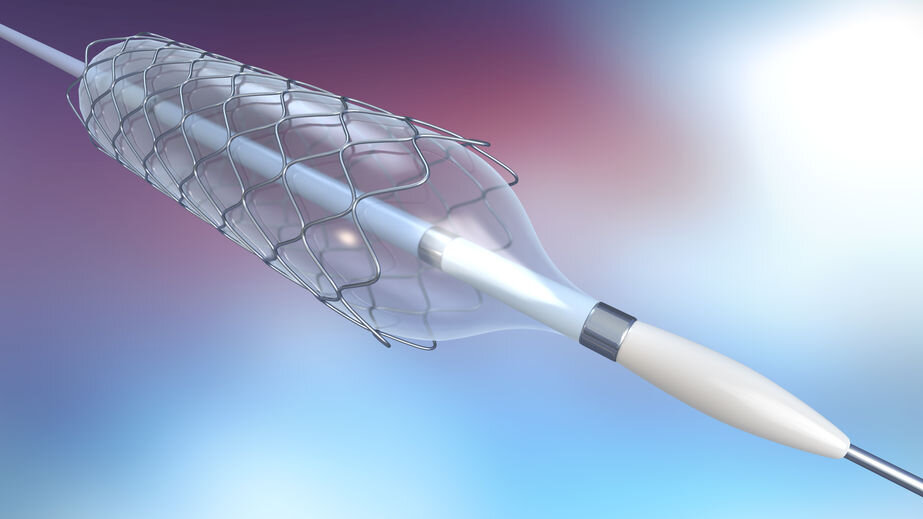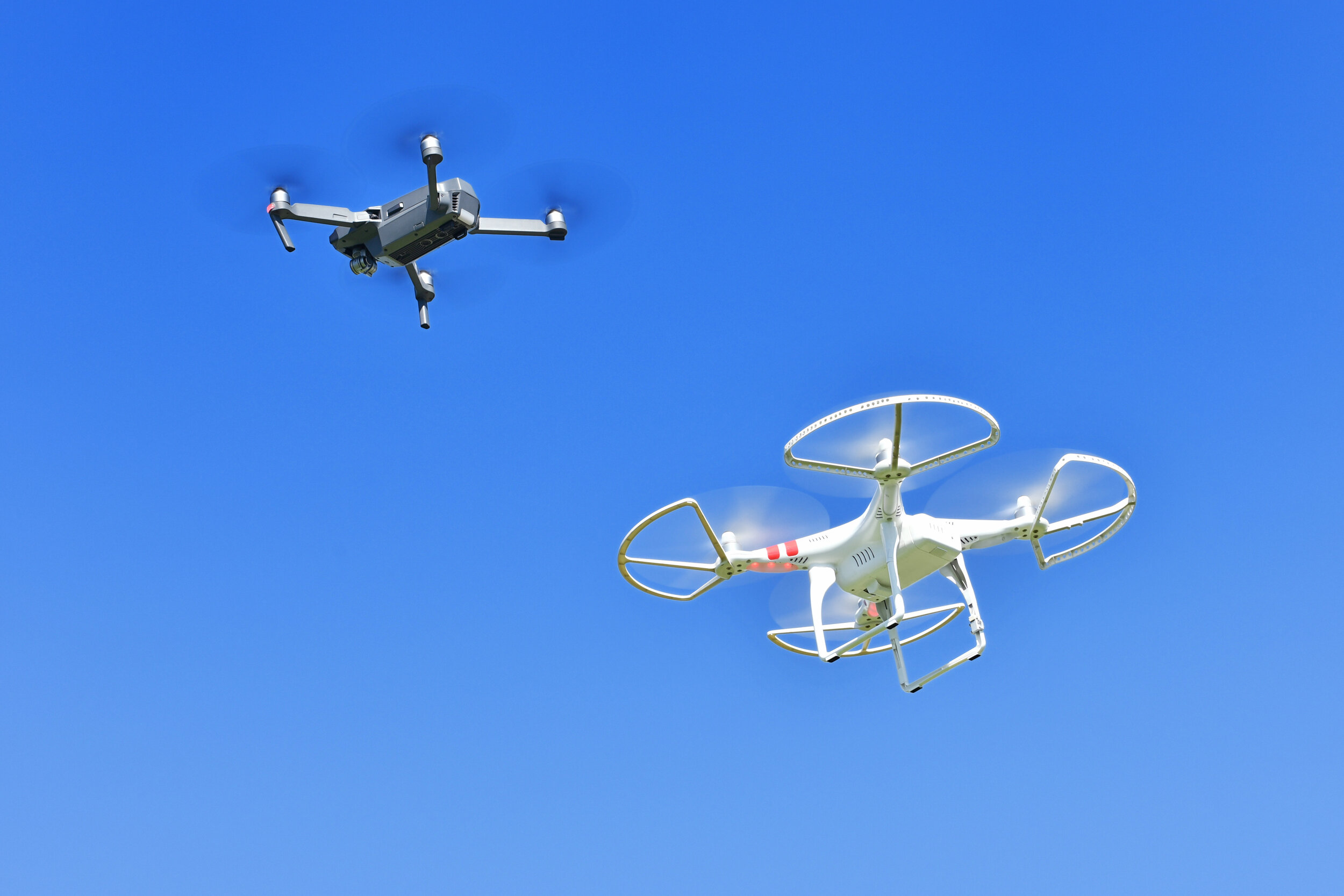Nanocoating technology protects electronic devices from water and corrosion damage. Applied inside and outside of devices, it protects the device from accidental water exposure, whether it be a dunk, or a splash, or high humidity. Nanocoating is a surface engineering process by atomistic or molecular deposition of 1 to 10 nm thin films. The thickness of nanocoating films is different from bulk coating methods such as dipping or roll-over-knife application.
Applications
How do Nanocoating Technologies work?
Nanocoating is an extremely thin layer of microscopic particles that form a coating and bond with the surface. When the surface is smooth and not absorbent, nano particles combine with the surface and liquids are repelled taking contaminants with them. With porous surfaces, the nano particles fill up the pores from the inside. The nano coating provides a water- and dirt-repellant skin. It can also provide protection from corrosion, scratches and graffiti. It is 1/1000th of a human hair thick and adds the protection needed without the weight, heat retention, and extra cost.
Ionic and Covalent Bonding
To understand how nanocoating works we need to look at the chemistry of bonding. Basically, metals bond to non-metals ionically. Non-metals bond to non-metals covalently. And metals bond to themselves metallically.
Below is a short chemistry lesson on Ionic and Covalent Bonding
Below is a demo of P2i nanocoating for wearables
Additional Resources and checklists:
Image sources:
https://www.123rf.com/profile_luchschen/
https://www.123rf.com/profile_pixinoo/
https://www.123rf.com/profile_burgstedt/
https://www.123rf.com/profile_alexandrbognat/
https://www.123rf.com/profile_dreamnikon/
https://www.p2i.com/





